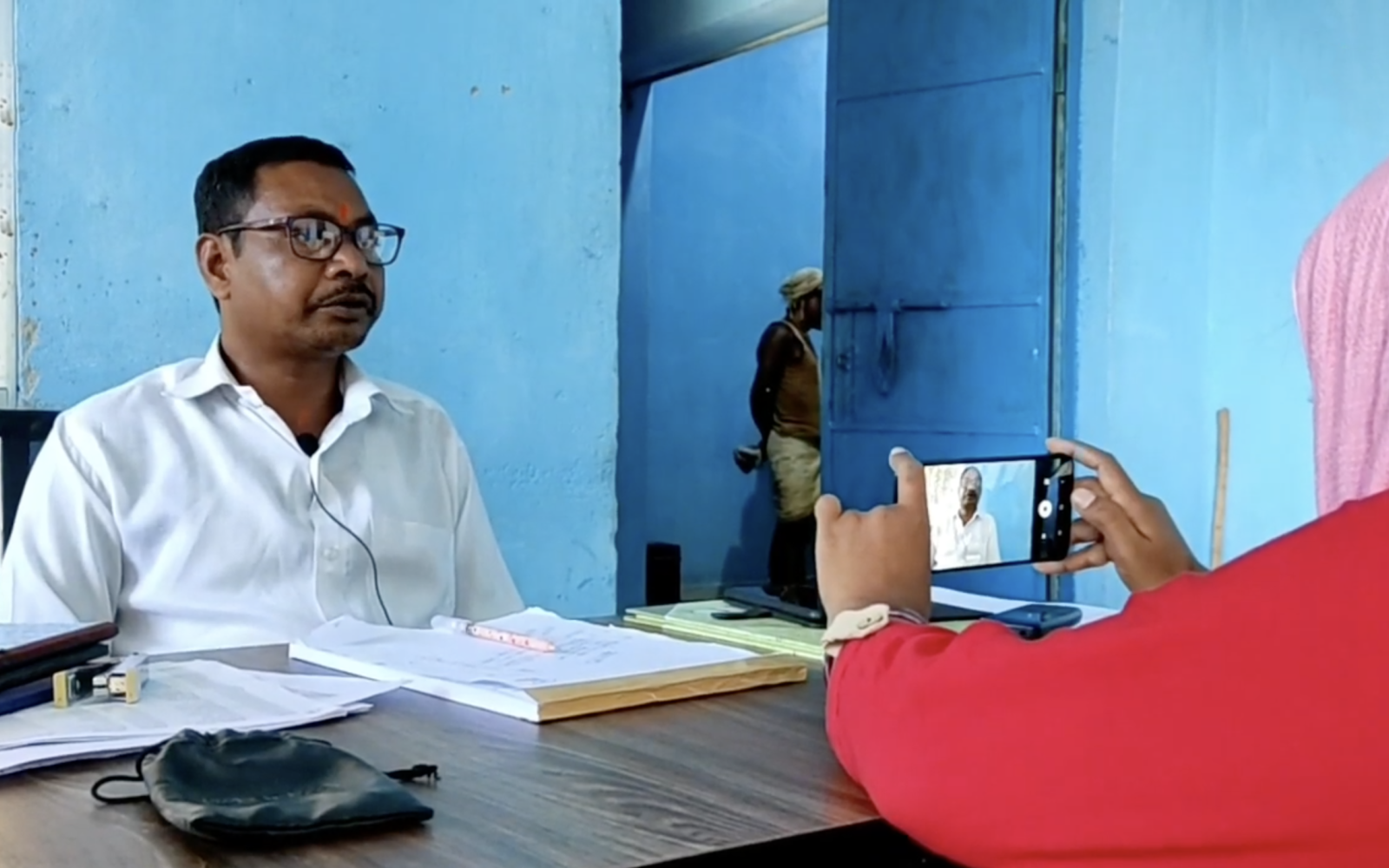The rise of citizen video journalism as a tool to meet SDGs and enable citizen participation in creating and using data
Issues affecting rural areas in India, where 70% of the population of the country live, are hardly ever reported on mainstream media, a virtual “invisibility” that motivated Jessica Mayberry to set up in 2003 Video Volunteers, a community media organisation to empower marginalised people in India. Over the years the initiative has evolved and adjusted to the surge of technology and more recently, after participating in ASPIRe's accelerator program, it has reviewed the role citizen video journalism plays in driving system change by using videos as valuable data to drive the country towards the achievement of Sustainable Development Goals (SDGs).

